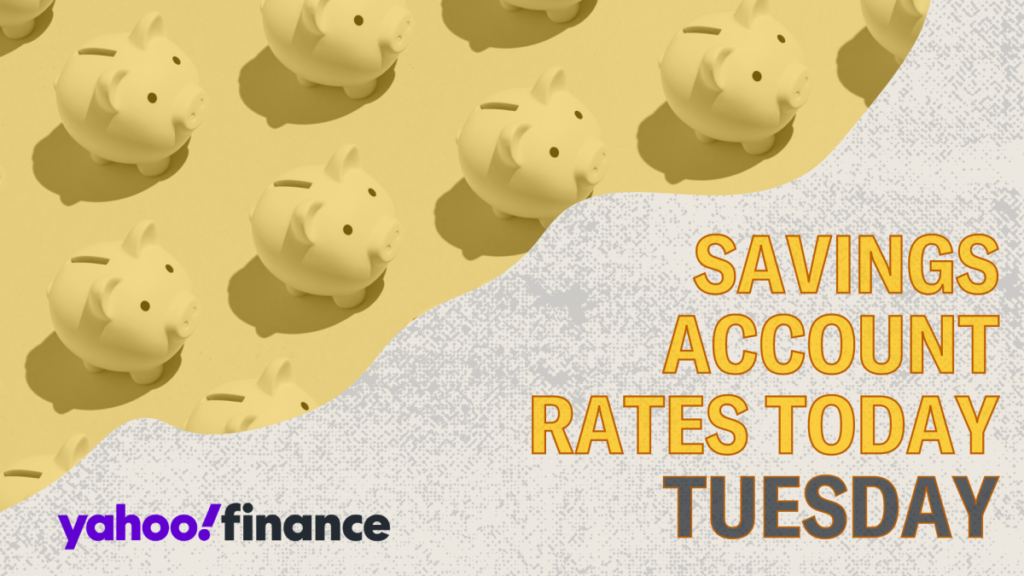In September 2024, the Federal Reserve cut its target interest rate, prompting a decline in high-yield savings account rates, which had recently seen returns exceeding 5% APY. The average interest rate on traditional savings accounts sits at a mere 0.46%, highlighting the stark contrast with high-yield options that typically offer significantly better returns. Savers aspiring to maximize their interest earnings should conduct thorough research to identify competitive savings accounts as rates continue to fluctuate following Fed policy changes. This overview provides insight into the current landscape of savings interest rates and tips for finding the best offers available.
As high-yield savings accounts gain traction among consumers, the leading rates are predominantly provided by online banks, credit unions, and community banks, with the highest rate currently standing at 5.25% APY from Openbank, requiring a minimum deposit of $500. This trend emphasizes the importance of exploring various financial institutions beyond traditional banks to discover accounts that can help individuals reach their savings goals. Savers are encouraged to compare rates and consider any associated fees that may impact their overall returns on interest-bearing accounts.
Historically, savings account interest rates have experienced significant fluctuations over the past decade. From 2010 to 2015, rates were incredibly low, lingering around 0.06% to 0.10% due to the repercussions of the 2008 financial crisis and the Federal Reserve’s near-zero rate policy intended to stimulate economic recovery. Although interest rates started gradually rising between 2015 and 2018, they remained relatively low. The onset of the COVID-19 pandemic in 2020 resulted in another substantial drop in rates, which reached lows of 0.05% to 0.06% by mid-2021. However, responding to rising inflation, the Fed enacted several rate hikes, leading to a substantial recovery in average savings account rates until the recent September 2024 reduction.
Despite the potential for higher interest rates in high-yield savings accounts, they may still fall short of delivering the returns needed for long-term financial goals like education or retirement savings. Individuals saving for short-term goals—including emergencies, home down payments, or vacations—may benefit more from high-yield options, as these accounts provide quick access to funds without incurring penalties for withdrawals. In contrast, other deposit accounts such as money market accounts and certificates of deposit (CDs) may offer competitive rates but often impose restrictions on access to funds. This highlights the importance of aligning savings strategies with financial objectives.
When evaluating whether a high-yield savings account is the right instrument, it’s critical to assess the convenience it offers. For emergency funds or short-term savings, these accounts can be advantageous due to their balance between earning potential and liquidity. On the other hand, savers with longer timelines may need to look at other investment vehicles that can provide higher returns over time. Ultimately, the choice will depend on individual financial circumstances and goals, underscoring the necessity of understanding different savings options and their corresponding benefits.
In summary, the evolving landscape of savings interest rates requires consumers to stay informed and proactive about where to park their money for optimal returns. With rates beginning to decrease after years of increasing, particularly for high-yield options, it is essential to compare offers, account terms, and fees from multiple financial institutions. By doing so, savers can leverage potentially higher yields while maintaining the accessibility needed for their particular financial goals, ensuring that they can navigate a changing economic environment successfully.

